Natural Classrooms have become the new norm in our country. Teachers are including flexible seating in natural spaces and trying to achieve the farmhouse and magnolia look. Cactus-themed spaces, as well as classrooms with burlap and brick walls, are popping up all over Pinterest and Instagram each summer. It has even become a normal concept to discuss “traditional” classrooms and natural classrooms as if they are from two different eras.
When in actuality they probably are…
As a result, teachers are moving away from rainbow-colored spaces and commercially purchased bulletin board cutouts. Instead, teachers are salvaging items from home, Goodwill, and grandma’s attic to incorporate authentic materials in their learning spaces. Brain research tells us that children are unable to visually process a multitude of colors and stay on task. Teachers are using this research to design spaces that support student learning on an emotional level, as well as an academic one.
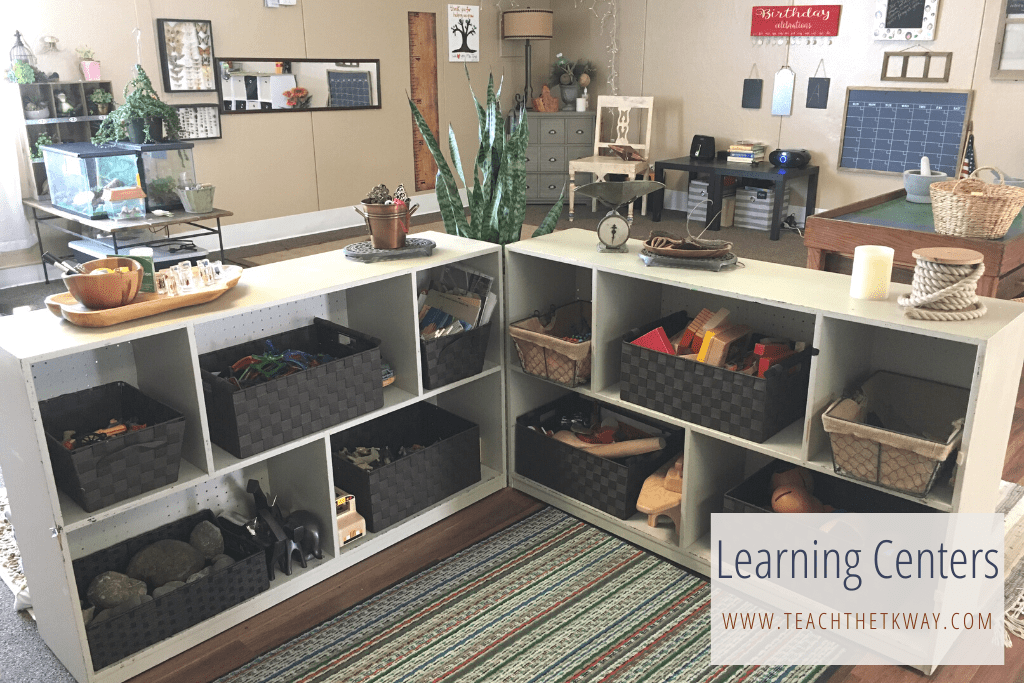
Color Affects Mood
Color affects mood in a very real way, and teachers are using this information to create naturally inspired classroom sanctuaries. For example, colors found in the warm part of the color wheel; red, yellow, and orange, tend to invoke a sense of urgency and can create feelings of high energy and anxiousness in some people. While the cool colors; blue, green, and tan calm the heart and mind making us think of the ocean and relaxing by the pool. Similarly, blue hues are linked to resourcefulness and ingenuity; essential skills in today’s classroom environment.
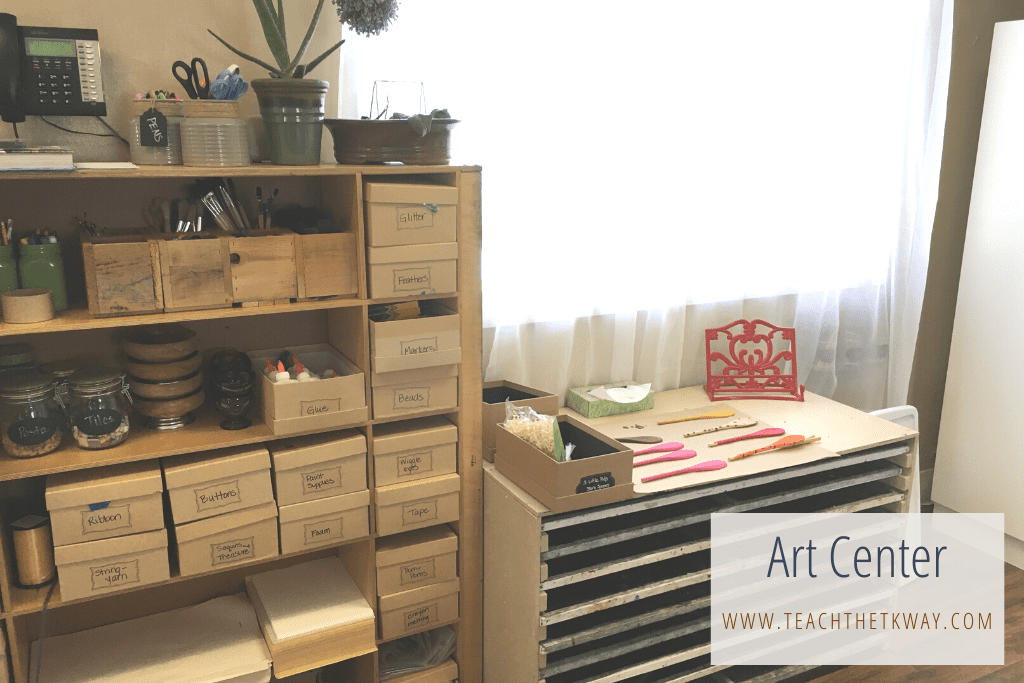
Natural Classrooms Are Not Just For Early Learning
Middle school classrooms with flexible seating options, Kindergarten and 1st-grade spaces where the desks have been removed and children are able to work in cooperative groups have become a common occurrence in today’s schools. All concepts are seen in the natural classroom movement. Gone are straight rows of desks (GASP!) where students are expected to sit quietly while the teacher teaches. Instead, these new classrooms encourage cooperative learning where each child has a voice and contributes to the learning day.
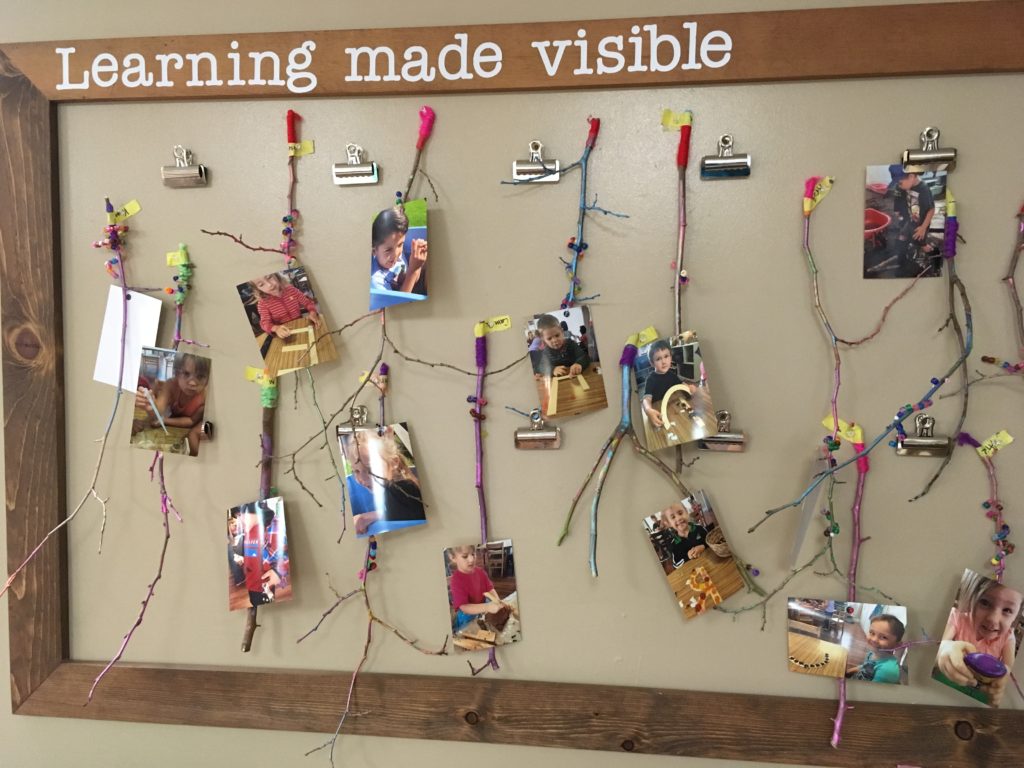
The 3rd Teacher
Environments are becoming part of the education system as the 3rd teacher. Reminiscent of Reggio, Montessori and Waldorf philosophies, naturally inspired classrooms actually incorporate many of the key concepts found in old-world learning. And with challenging behaviors, at-risk classrooms, and specialty classes on the rise, natural classrooms NEED to become the norm in our country. As a result, I strongly advocate for talking about natural classrooms just like we talk about traditional classrooms- I want them in every school in every town!
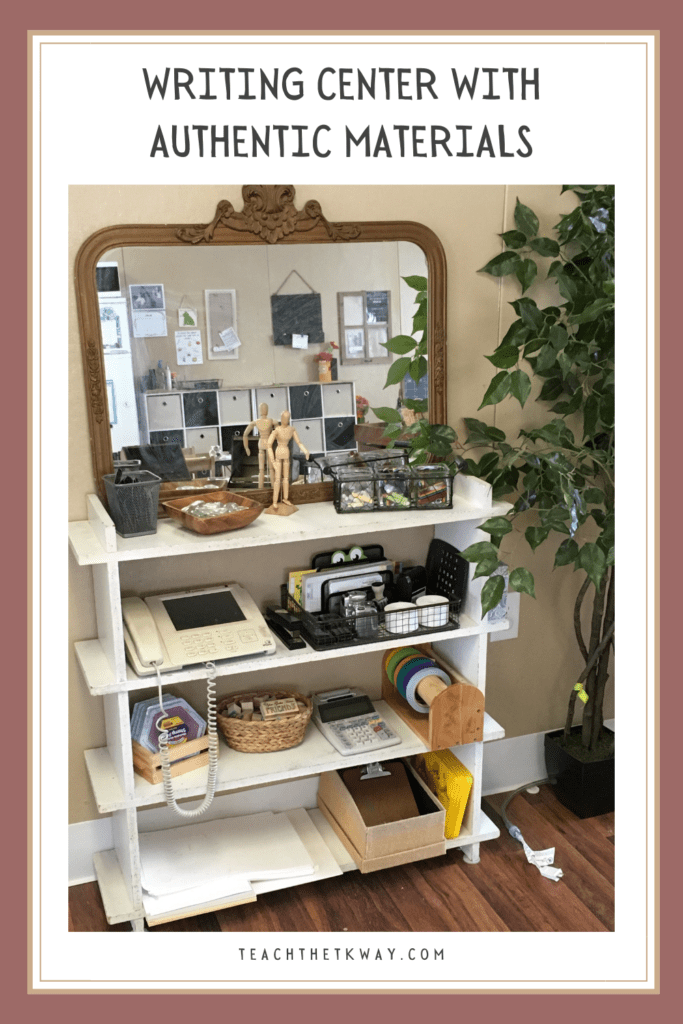
Create A Natural Classroom Sanctuary
This journey started after taking an online course during the graduate program. Intrigued, I read articles about children processing visual information differently than adults. Children do not begin to integrate visual and sensory information until the age of 10-12. Overstimulation can come from a variety of outward factors including excessively cluttered surroundings. Visually stimulating spaces create a sense of “noise” for the eye and detract from learning.
I ran a photograph of my classroom through an online color-generating tool just for fun. My thought was that I had already scaled down the use of color in my space and had created a fairly calm environment.
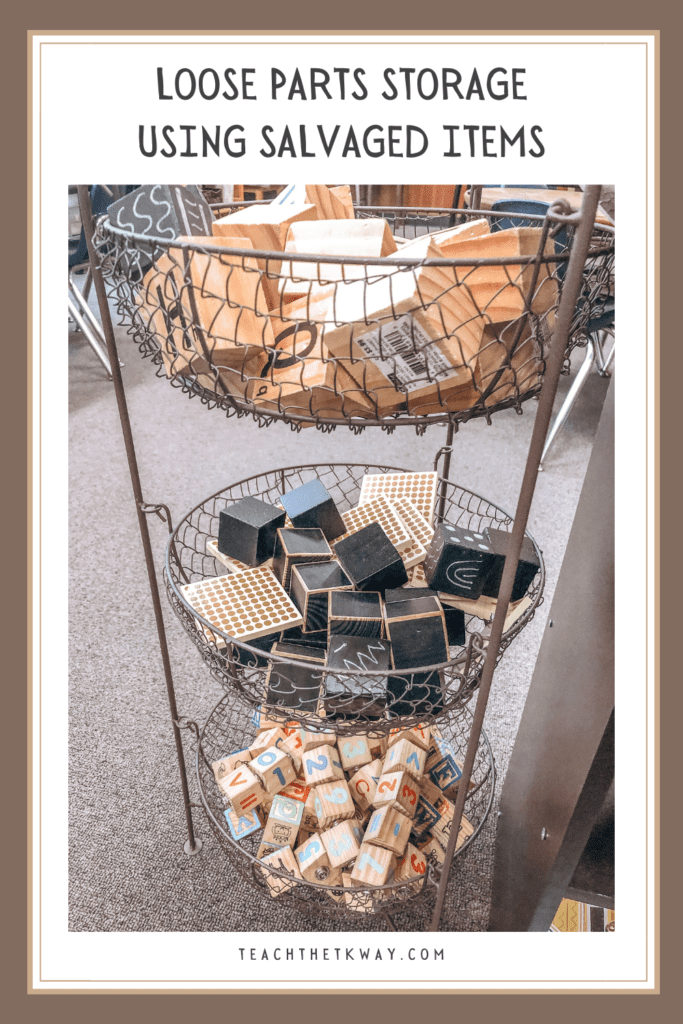
Researching Natural Classrooms
Instead, I realized I had an ASTOUNDING amount of colors that needed to be weeded out. 47 main colors popped up on my dashboard with over 50 additional secondary colors. WHAT?!?! Originally thinking students were being afforded a natural environment, I learned- that there was much more to learn.
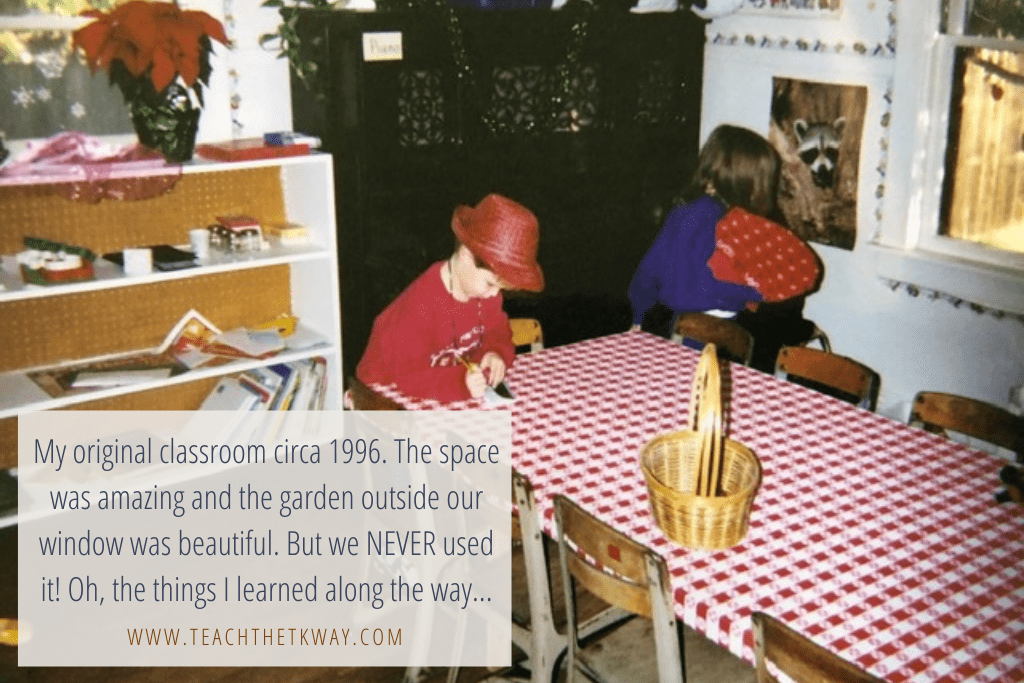
Research led to the philosophies of Reggio Emilia, Montessori learning activities, and Waldorf-inspired environments. Then I found a small handful of companies in the U.S. that promote natural classroom products. I was even more intrigued that natural classrooms are commonplace in the U.K., Australia, and New Zealand. These were programs worth emulating.
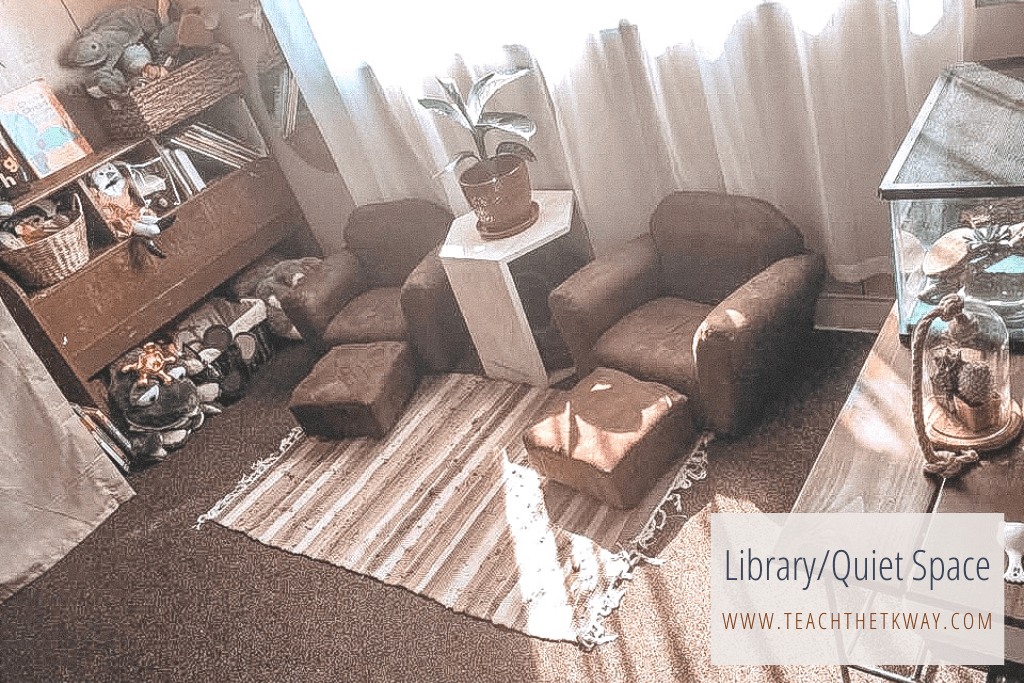
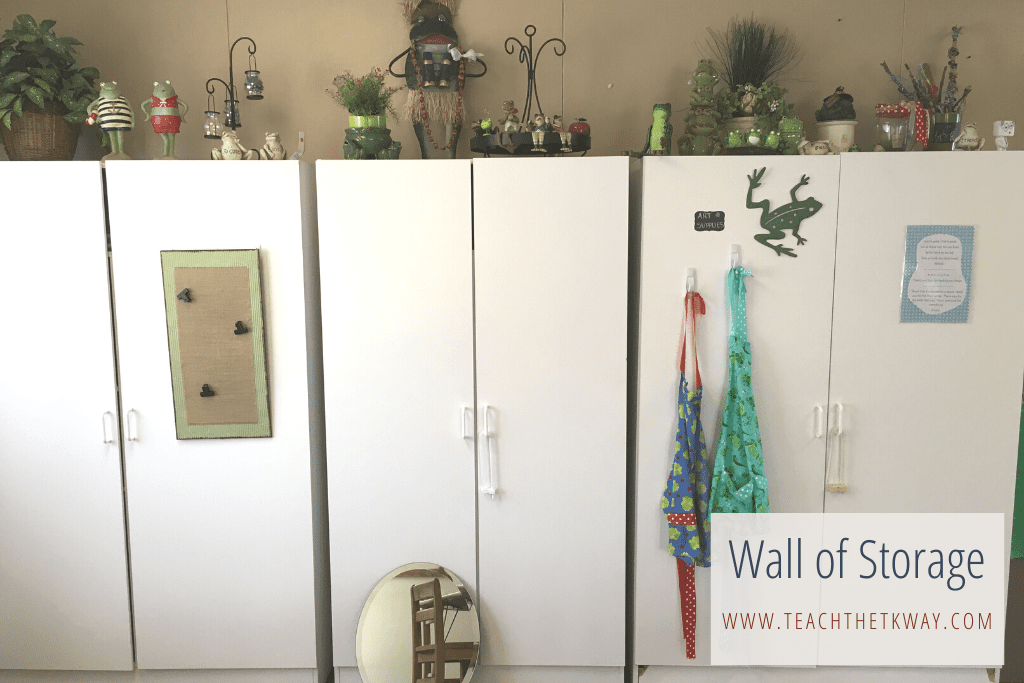
Natural Classroom Design
I began scouring consignment shops and garage sales because let’s be real, teachers work with a limited salary. I repurposed what I already owned with a little paint and elbow grease, and begged family members to ask before they threw anything away. It took a little more than 3 years for the journey to be complete. I learned how to refinish furniture using YouTube videos, and asked friends for help.
Environment as the 3rd teacher
A key piece of naturally designed learning spaces is incorporating the environment as a part of the learning. Turn off the harsh overhead lighting. Replace hard-backed library chairs with soft cushions and fuzzy rugs. And include a multitude of plants that not only clean the air and make the space more inviting but will also become part of the science center. After realizing how much the students were accomplishing daily, and how prospective families felt when they entered the space, I realized that the natural environment was life-changing for many.
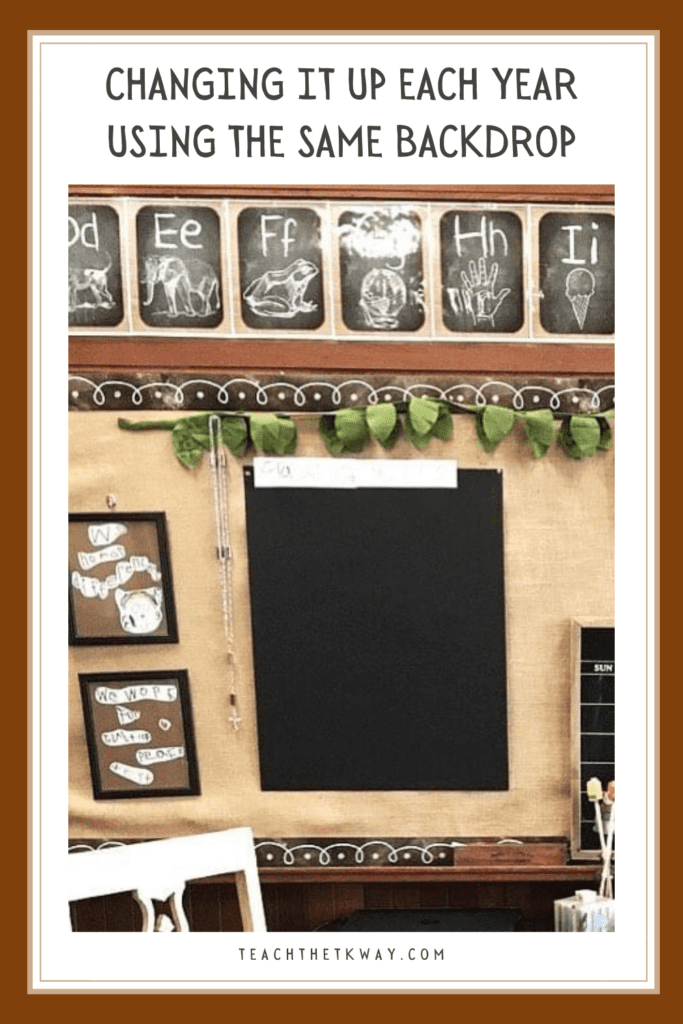
Natural Classrooms & Classroom Management
As a result of my natural classroom design and all of its positive changes, I became passionate about other educators utilizing their environments as classroom management tools. Places where the children really do regulate their own behaviors, and only need gentle reminders for redirection. I have been witness to many transformations. Teachers tell me they were able to stop worrying about behavior management just by changing the physical space.
Bringing Natural Classrooms to My Community
As a result of my research, I now help other educators create their own sanctuary spaces. From flexible seating arrangements to creating a branded look in the classroom. And I am able to mentor many new teachers toward creating a calm environment that feels like home.
The Natural Classroom Specialist Collection is where teachers will be able to create their very own classroom sanctuaries and peaceful learning environments. Design personalized spaces based on the research and be able to rack up PD hours at the same time. Grab the FREE MASTER GUIDE to Natural classrooms. Or begin your journey with the Natural Classroom Starter Pack.




16 Responses
Love the rug in the Facebook photo. Can I ask where you found it?
Liz- It came from Lakeshore Learning. This is the smaller one that seats 20. Tina : )
How did you create your center signage?
The actual signs in the classroom are created by students. The ones on the photos are just simple text boxes in PowerPoint. I created them for blog display purposes only.
Can this be used for an alternative education high school social studies classroom?
Absolutely! Every natural classroom I have designed has a positive impact on the students and teachers alike, no matter the age.
Goodness,
I would love to meet YOU!! I am so inspired by you, and I’ve started with baby steps in creating my own natural classroom. Do you ever come out and make visits to classrooms and meet with other teachers? Thank you for what you do and the research you’ve done to help us engage students and keep them learning day after day!
Hey Katie!! I would love to meet you. I will be presenting at a few conferences this summer, and I am always just a zoom call away from helping you set up your classrooms! Let me know how I can help…
I am so excited to do a deep dive into your work and am thrilled to have found you!